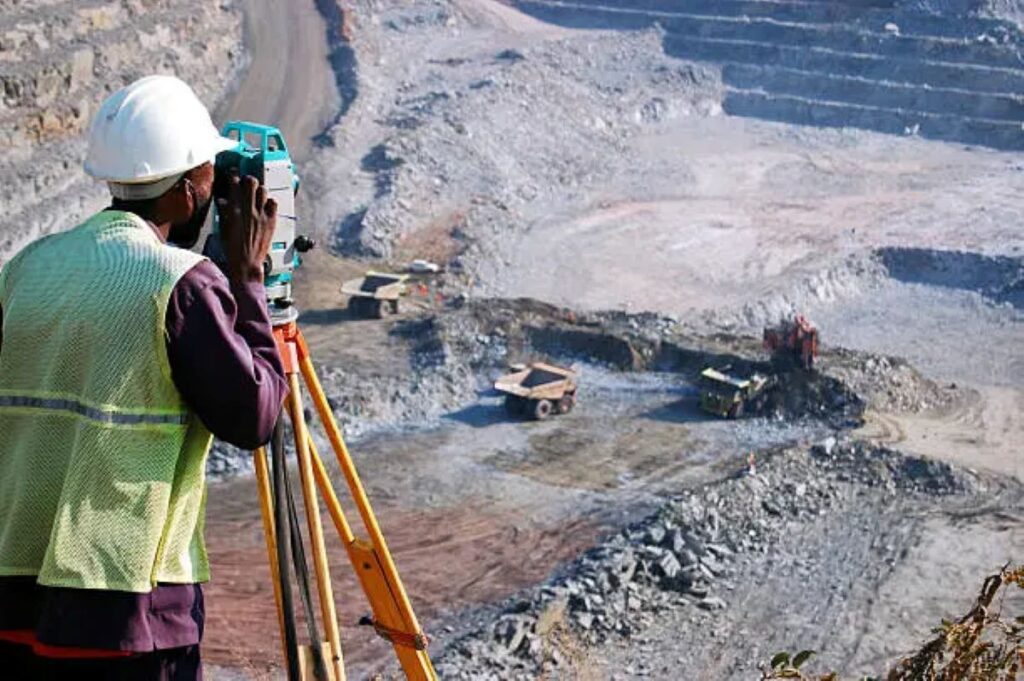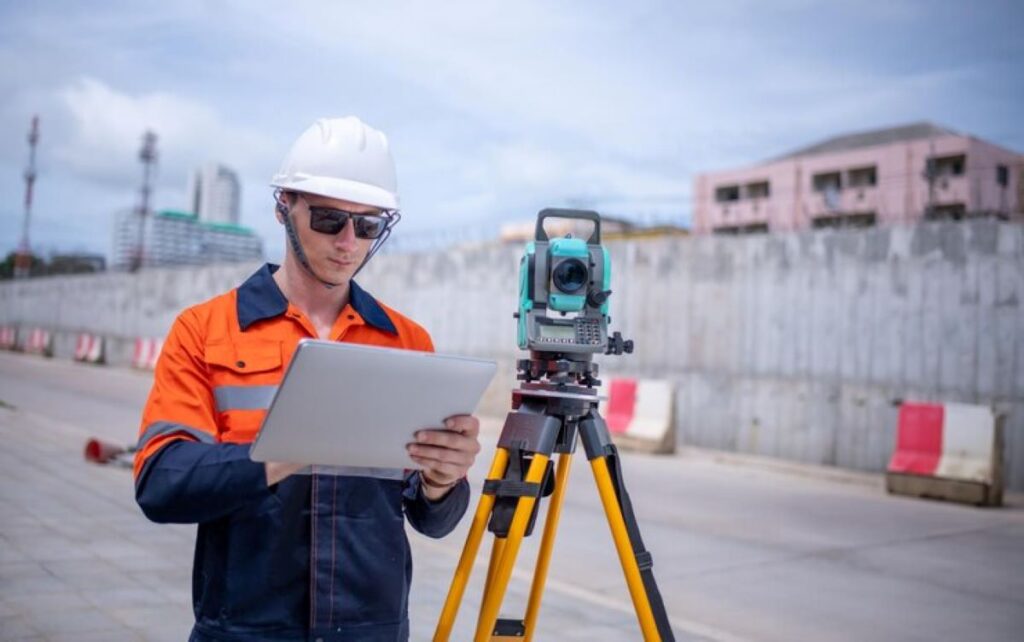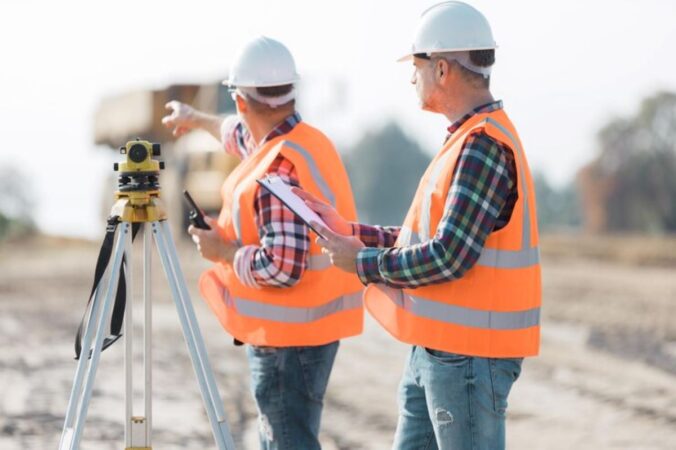In the realm of surveying, two primary types emerge as essential for various projects: engineering surveys and land surveys. While both serve crucial roles in construction, urban planning, and development, they differ significantly in purpose, methodology, and outcomes. Understanding these distinctions is vital for professionals in the field and stakeholders involved in projects that require precise measurements and data.
Defining Engineering Surveys
Engineering surveys are specialised surveys that focus on the design and construction phases of engineering projects. They provide the necessary data to ensure that structures are built accurately according to design specifications and regulatory requirements. These surveys often involve detailed measurements and analyses that inform the engineering process.
Purpose and Applications
The primary purpose of engineering surveys is to support the planning and execution of construction projects. This includes roadways, bridges, buildings, and other infrastructure. Engineering surveys help in determining the optimal placement of structures, assessing potential environmental impacts, and ensuring compliance with local regulations.
Applications of engineering surveys can be seen in various fields, including civil engineering, environmental engineering, and geotechnical engineering. For instance, when constructing a new highway, an engineering survey will assess the topography, soil conditions, and existing utilities to inform the design and construction processes. Furthermore, engineering surveys play a critical role in urban development, where the integration of new structures into existing environments requires meticulous planning and analysis to avoid disruption and ensure sustainability.
Methods and Techniques
Engineering surveys employ a range of advanced techniques and technologies to gather accurate data. These may include total stations, GPS (Global Positioning System), and laser scanning. Each method has its advantages, depending on the project’s specific requirements.
For example, laser scanning can capture detailed three-dimensional representations of a site, which is invaluable for complex projects. Conversely, GPS technology is often used for larger areas where precise positioning is necessary, such as in the alignment of roads or pipelines. In addition to these methods, traditional surveying techniques, such as triangulation and levelling, are still employed, particularly in projects where modern technology may not be feasible or cost-effective. The combination of these various methods ensures that engineers have the most accurate and comprehensive data available, allowing for informed decision-making throughout the lifecycle of a project.
Understanding Land Surveys
Land surveys, on the other hand, are primarily concerned with the measurement and mapping of land parcels. They establish property boundaries, identify land features, and provide essential data for land ownership and usage rights. Land surveys are fundamental to real estate transactions, land development, and legal disputes.
Purpose and Applications
The main purpose of land surveys is to delineate property boundaries and provide accurate information about land characteristics. This is crucial for property owners, developers, and legal professionals. Land surveys are often required when buying or selling property, subdividing land, or resolving boundary disputes.
Applications of land surveys extend beyond real estate. They are also essential in urban planning, where accurate land data informs zoning regulations and development plans. Additionally, land surveys can assist in environmental assessments, helping to identify land use changes and their potential impacts. For example, in the context of climate change, surveys can play a pivotal role in understanding how land use patterns evolve over time, allowing for better management of natural resources and conservation efforts. Furthermore, land surveys are increasingly being used in infrastructure projects, such as the construction of roads, bridges, and public utilities, ensuring that these developments are executed within legal boundaries and with minimal disruption to the surrounding environment.

Methods and Techniques
Land surveys typically utilise traditional surveying methods, including the use of theodolites, levels, and measuring tapes. However, modern technology has also influenced land surveying practices. GPS and GIS (Geographic Information Systems) are increasingly employed to enhance accuracy and efficiency.
For instance, GIS allows surveyors to create detailed maps that integrate various data layers, such as topography, land use, and infrastructure. This comprehensive approach aids in better decision-making and planning for land development projects. Moreover, the advent of drones in surveying has revolutionised the field, enabling surveyors to capture aerial imagery and gather data over large areas quickly and accurately. This not only speeds up the surveying process but also provides a bird’s-eye view that can reveal features and details that might be missed from the ground. As technology continues to evolve, the integration of artificial intelligence and machine learning into surveying practices is anticipated to further enhance the precision and efficiency of land surveys, paving the way for innovative solutions in land management and urban development.
Key Differences Between Engineering Surveys and Land Surveys
While engineering surveys and land surveys share some similarities, their fundamental differences lie in their objectives, methodologies, and applications. Understanding these distinctions can help stakeholders choose the appropriate type of survey for their specific needs.
Objectives and Focus
The primary focus of engineering surveys is to support the design and construction of engineering projects. They provide critical data that informs the technical aspects of a project, such as structural integrity and environmental considerations. In contrast, land surveys are centred around property boundaries and land characteristics, serving legal and ownership purposes.
This difference in focus means that engineering surveys often require a higher level of detail and precision, particularly in relation to topographical features and subsurface conditions. Land surveys, while still precise, may not delve into the same level of technical detail as engineering surveys.
Data Collection and Analysis
Data collection methods also differ significantly between the two types of surveys. Engineering surveys often employ advanced technologies, such as 3D laser scanning and GPS, to gather detailed information about a site. This data is then analysed to inform engineering decisions and design processes.
In contrast, land surveys rely more on traditional measurement techniques, although modern technologies are becoming more prevalent. The data collected in land surveys is typically used for mapping and boundary determination rather than detailed engineering analysis.
Regulatory and Legal Considerations
Regulatory requirements can vary between engineering and land surveys. Engineering surveys may need to comply with specific engineering standards and regulations, depending on the nature of the project. This could involve adherence to safety standards, environmental regulations, and local building codes.
Land surveys, on the other hand, are often governed by property laws and regulations. Surveyors must ensure that their work complies with legal standards for boundary determination and land use. This legal aspect is crucial, as inaccuracies in land surveys can lead to disputes and legal challenges.
Choosing the Right Type of Survey
Determining whether to conduct an engineering survey or a land survey depends on the specific requirements of the project. Stakeholders must consider the goals of the survey, the type of data needed, and the intended use of the information gathered.
Project Requirements
For projects that involve construction or engineering design, an engineering survey is typically necessary. This type of survey provides the detailed data required for planning and executing complex projects. On the other hand, for land transactions, boundary disputes, or land development planning, a land survey is essential.
Understanding the specific requirements of the project will guide stakeholders in selecting the appropriate survey type. Consulting with surveying professionals can also provide valuable insights into the best approach for achieving project goals.

Consultation with Surveying Professionals
Engaging with experienced surveying professionals is crucial when navigating the complexities of engineering and land surveys. These experts can provide guidance on the most suitable survey type based on the project’s scope and objectives.
Additionally, surveying professionals can help ensure compliance with relevant regulations and standards, minimising the risk of errors and legal complications. Their expertise can also enhance the accuracy and reliability of the data collected, ultimately contributing to the success of the project.
Conclusion
In summary, engineering surveys and land surveys serve distinct purposes within the field of surveying. Engineering surveys focus on the technical aspects of construction and design, while land surveys are centred around property boundaries and land characteristics. Understanding the key differences between these two types of surveys is essential for stakeholders involved in construction, real estate, and land development.
By recognising the unique objectives, methodologies, and applications of engineering and land surveys, professionals can make informed decisions that enhance project outcomes. Whether embarking on a new construction project or navigating a real estate transaction, the right type of survey is crucial for success.
Ultimately, the collaboration between stakeholders and surveying professionals ensures that projects are executed with precision and compliance, paving the way for successful developments that meet both regulatory standards and community needs.
Related : What Is a Cadastral Survey and Why Is It Important?
